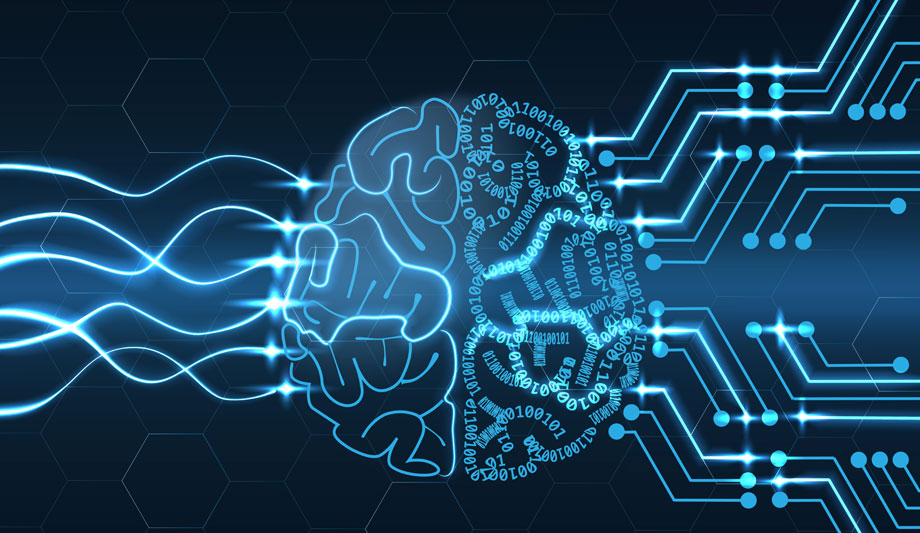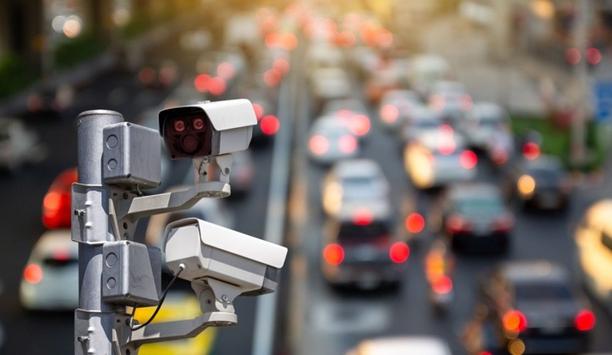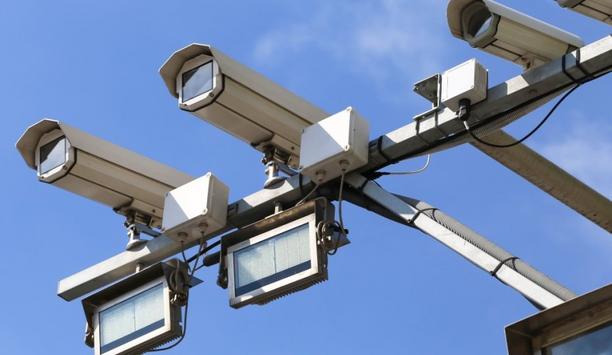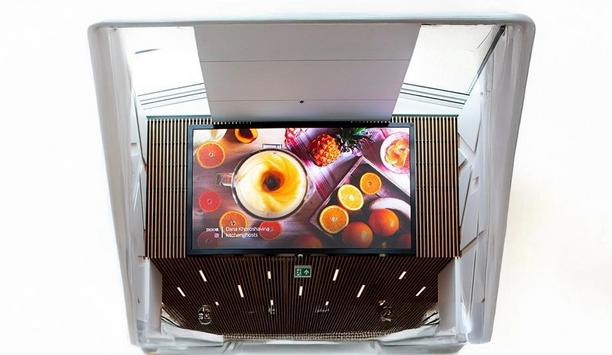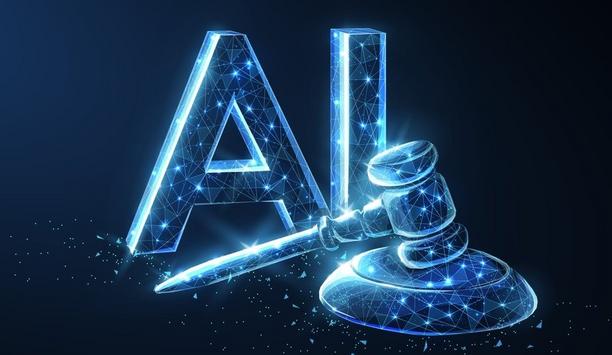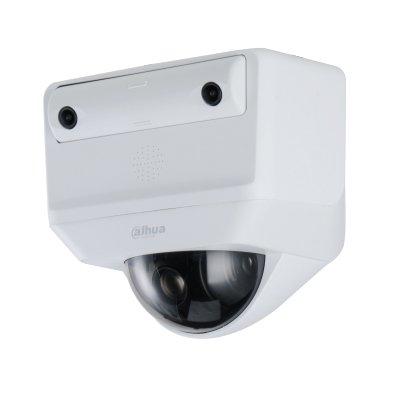Artificial intelligence and deep learning are poised to transform how video images are used and managed. In today’s surveillance systems, video from more and more cameras leave operators at risk of drowning in data, requiring hours of manual effort to track assets or persons of interest. They need more intelligent systems.
Among the new tools is use of neural networks to create video analytics systems that are trained, not programmed. In effect, the systems have the ability to “learn” based on how they are used over time.
IronYun is introducing an artificial intelligence (AI) appliance at ISC West that applies AI-based video search and video mining capabilities to enterprise applications. CityEyes deep learning video analytics are incorporated into IronYun’s CAC-AI appliance built for the surveillance market. CAC-AI combines artificial intelligence software and hardware video search capability for fast, efficient search of video objects stored in an external network video recorder or storage device.
Cloud Analytics Centre Artificial Intelligence
CAC-AI stands for Cloud Analytics Centre Artificial Intelligence. CityEyes is a private cloud software platform for enterprise, government and many small- and medium-sized businesses (SMBs). “Using a private cloud solution protects data from hacking and unauthorised access,” says Paul Sun, President and CEO of IronYun. “It also avoids the high bandwidth cost of continuously sending video traffic to a public cloud, and there is a lack of broadband infrastructure in many locations.”
CityEyes has integrated more than 15 video analytics applications in an all-in-one video operating system |
CityEyes has integrated more than 15 video analytics applications in an all-in-one video operating system. The latest CityEyes AI deep-learning-based video search appliance is plug-and-play to leading DVR/NVR systems for quick and easy deployment, connecting via a LAN Ethernet cable. The appliance downloads files from the DVR/NVR and performs AI-based object detection and recognition. Extracted image metadata is then stored in the CAC-AI for fast retrieval and viewing.
Video search and object detection engine
A high-performance graphics processing unit (GPU) provides fast video search and mining, significantly increasing operator productivity and saving time compared to operators needing to manually inspect and identify objects of interest. The search engine allows objects of interest to be found and identified amid hours of video data; in effect, like locating the needle in a haystack.
More intelligent video searches can find relevant video in seconds. They can quickly identify objects (car, bus, luggage, dog, cat, etc.) and persons (male, female, age, person with hat, etc.).
IronYun’s AI object detection engine is based on natural language input. Video searching is based on intuitive, natural language and can be compared to the information that might be entered in a Google search. Inputs might include a description of a person, face, car, bus, motorcycle, a color or a time. Identifiable objects are continuously added as the deep learning engine is trained over time. In scene mode, numbers of objects (but not colour) can be specified (such as a scene with four cars, or a scene with one car and two people).
Video searching is based on intuitive, natural language |
Reduced long-term storage costs
Because video metadata takes up much less storage than unstructured video data; there is potentially an up to a 100-to-1 reduction in long-term storage costs (for longer than 30 days). Using the AI deep learning object-identifying capability, only the video metadata with relevant objects or persons will be archived for long-term storage and future forensic applications.
Two series of the new appliance are available: The CAC-AI-110 series for small- to medium-sized enterprises, supporting up to 12 IP cameras; and the CAC-AI-510 series for clients needing to monitor more than 64 IP cameras. At ISC West, the IronYun AI solutions will be demonstrated at Booth #18129 and at IronYun partner booths: Jenne (distributor), NVIDIA, Promise Technology and QNAP.
IronYun, founded in 2009, specialises in cloud and big data video search solutions, deployed successfully by many government and enterprise customers, providing reliability 24/7/365. Worldwide offices are in the USA, Japan, Taiwan, Korean, Thailand, Singapore, Malaysia and China.
